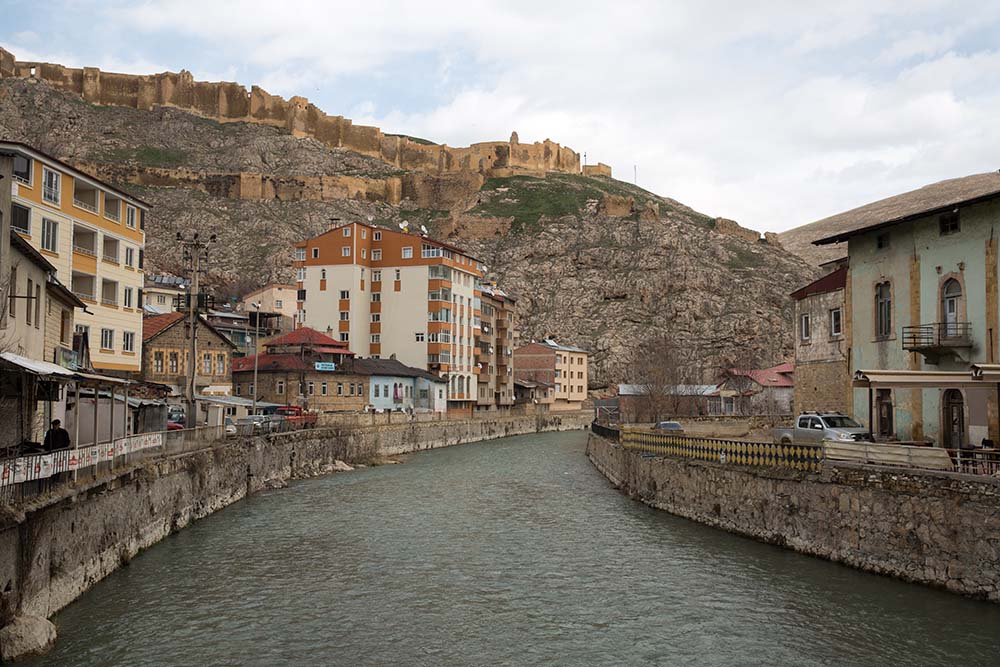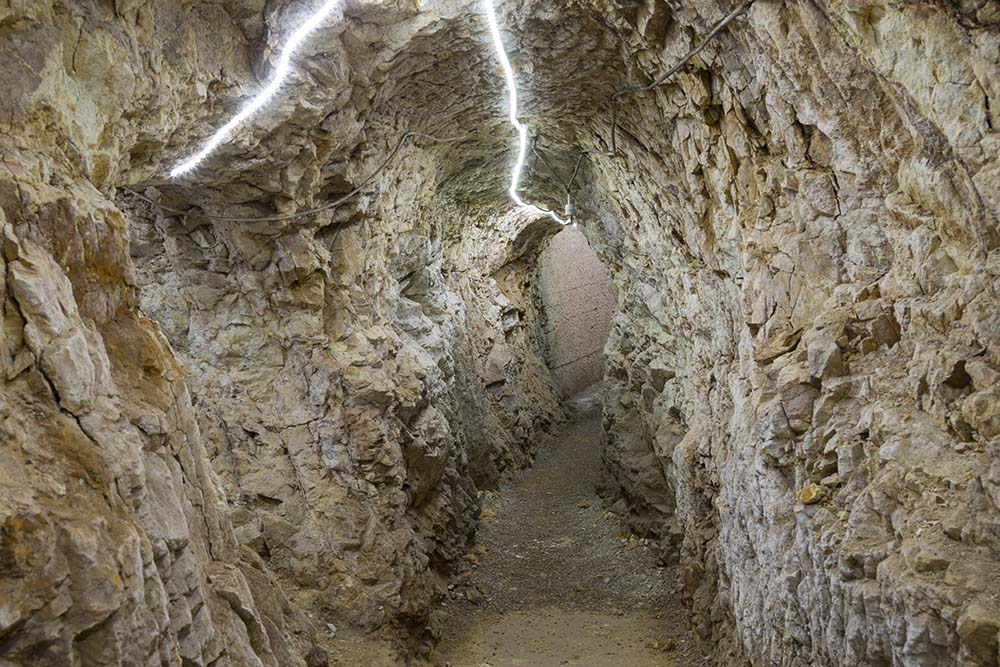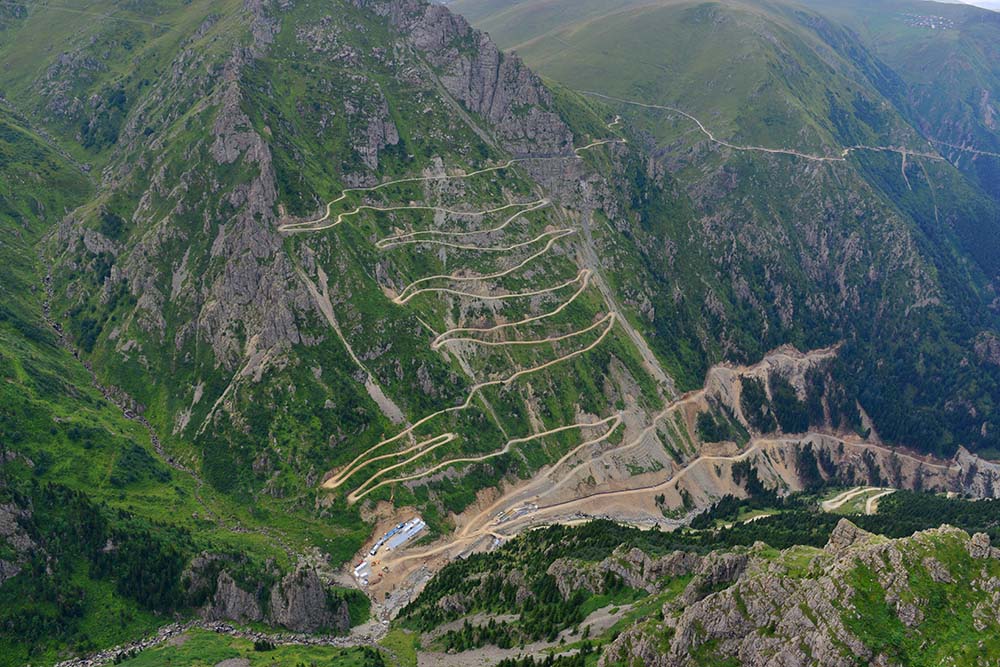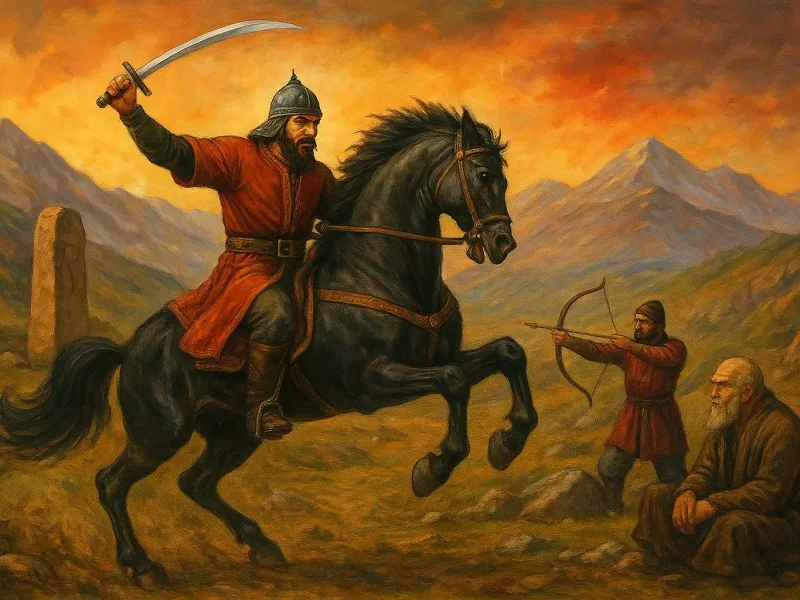Located where the Haldis settled in ancient times, Bayburt is known to have come under the domination of the Roman Empire. It and its surrounding area are one of the places where the Turks first settled in Anatolia.
Considering population, the city is one of the smallest provinces of Turkey. It is established on Çoruh Valley and has Trabzon and Rize at its north; Erzurum sits to its east, and Gümüşhane is its western neighbor city. Our province has a complex structure because of its mountainous areas. The areas in the north and east regions have a rocky structure. The main mountains in the province are Kemer, Zülfe, Soğanlı, Haldizen, and Kırklar Mountains. Others standing in the south are the Çoşan, Kop, Çavuşkıran, Otlukbeli, and Pulur Mountains.

Çoruh River
Çoruh River streams through Bayburt. The main source of Çoruh merges with many other rivers. These streams also bring fertile soils. Economic life has changed considerably over time and it now is considered to be advancing in positive ways. Although industry and trading are underdeveloped, animal husbandry and agriculture hold leading roles in the country’s economy, and have since the beginning. Products like sugar beets, forage plants, and fruits are grown in Bayburt. Husbandry is also one of the important means of livelihood in the province.
Places to Visit
There are many historical and natural sight-seeing in Bayburt. Historical places that can be suggested include:
- Bayburt Castle: Built on escarpments, it is on one of the highest hills of the city.
- Aydıntepe Underground City: Preserving the richness brought by history and unique elements of nature, it is simply a secret city in Baybut borders.,
- Korgan Bridge: Known as the name of Melik by Bayburt folks, this bridge is mentioned as Korgan in historical sources. It took an important place throughout history as it was on Silk Road.
- Dede Korkut Dome: Located in Masat Village, Dede Korkut Dome is one of the most appealing sights in the city.

Aydintepe old underground city.
- Bayburt Clock Tower: With its majestic architecture, Bayburt Clock Tower can be seen from almost anywhere in the city.
- Kop Martyrdom: It is very close to the highway between Bayburt and Erzurum.
- Baksı Museum: There are workshops, showrooms, a library, and guest houses in this museum, which boasts an interesting architecture.
- Soğanlı Pass: Opened by Russians, this pass definitely takes courage on the part of the visitor. This pass is very popular among off-road drivers; cited as one of the highly dangerous roads on earth.
- Çımağıl Cave: It presents the most secret underground world of Bayburt, offering travelers an opportunity to discover untold mysteries.
- Sırakayalar Waterfalls: It is a wonder of nature, where visitors can appreciate every shade of green.
- Helva Village Ice Cave: It is one of the most beautiful and gorgeous caves of Bayburt.

Bayburt – Trabzon mountain passage via Mt. Soğanlı
How to Get There
Being in the position which links the Black Sea and the Eastern Anatolia regions, the highway is the only transportation option into Bayburt. Thanks to the restructured and large roads, automobile and bus transportation to our city from anywhere in the country is possible. For adventure seekers, Bayburt is connected to Trabzon via one of the most dangerous mountain passages on earth through Mt. Soğanlı. It is widely used by local transport, and 4×4 safaris.



